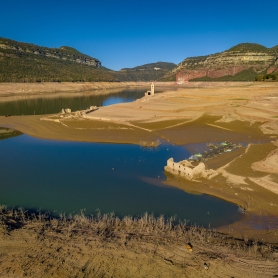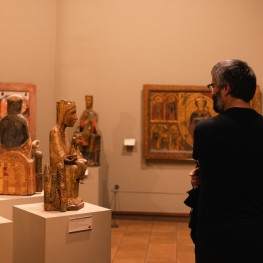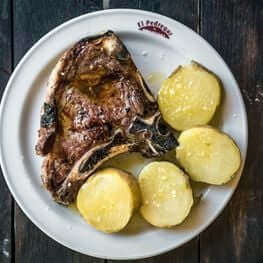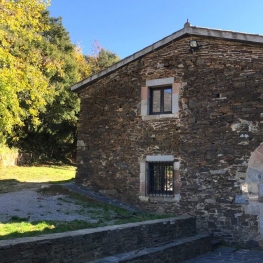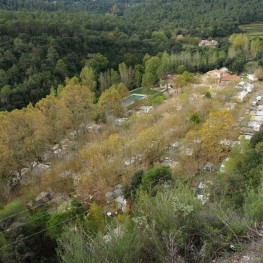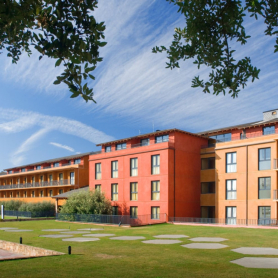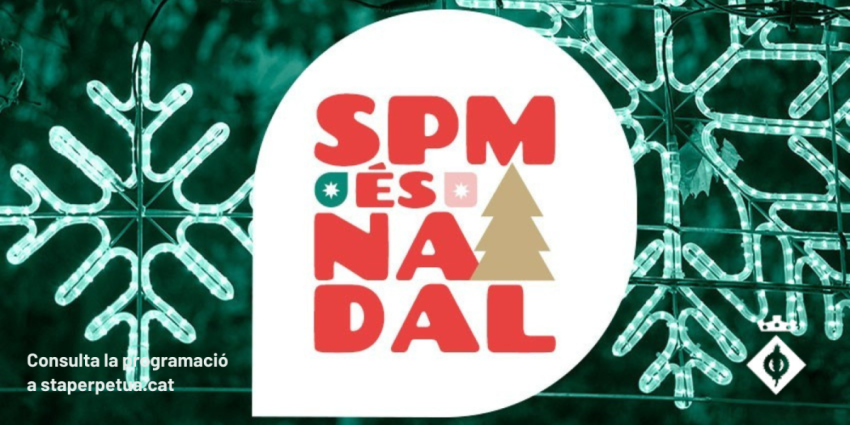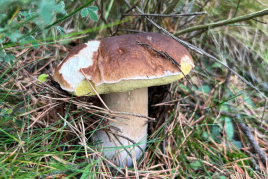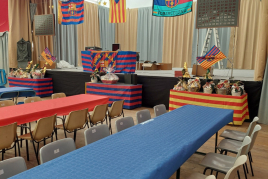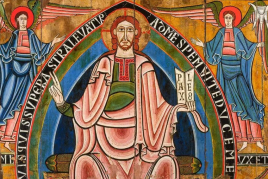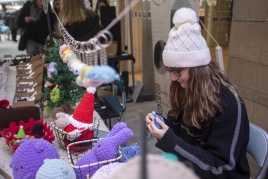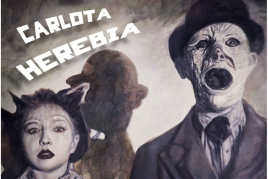Sanctuary of the Virgin of Help of Balenyà
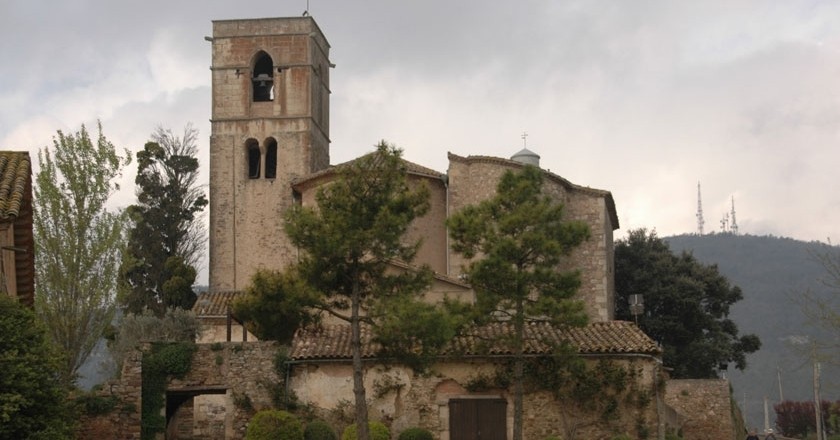
Today we propose a visit to the Sanctuary of the Virgen de la Ayuda de Balenyà, in Osona.
The Balenyà Heritage Map says that the first documentary news of the church dates back to the year 955, when the house of Sant Fruitós appears in the will of the priest Sunyer. In the documentation of the year 1031 it is already stated that he had parochial functions.
A few years later, a new church was built on the remains of the previous one, consecrated by the bishop of Vic, Berenguer Sunifred de Yuca, dedicated to Sant Fruitós and his deacons, San Auriga and San Eulogio. At this time he also established the space of La Sagrera and its parish term.
The 14th century pastoral visits include the altars of Santa María, San Salvador and San Bartolomé.
 Around the seventeenth century, works were carried out on the temple, consisting of the construction of the Rosario and San Isidro altars and the construction of a Renaissance façade.
Around the seventeenth century, works were carried out on the temple, consisting of the construction of the Rosario and San Isidro altars and the construction of a Renaissance façade.
During the eighteenth century they made several reforms there , among which the raising of the nave and the adaptation of the side chapels and the construction of the new presbytery and an exterior communer stand out. At the end of the 19th century it changed its dedication to that of the Virgen de la Ayuda, which had had its own altar since the 13th century, and a new chapel of the Blessed Sacrament was built .
In the middle of the 20th century it lost its parish functions in favor of the church of San José in the nucleus of Hostalets, which from then on will be dedicated to Sant Fruitós. Since then it has become a Marian shrine of great popular devotion.
The Sanctuary of the Virgen de la Ayuda, formerly Sant Fruitós de Balenyà, is a church of Romanesque origin that was expanded between the 17th and 19th centuries. Of the primitive building, part of the nave and the bell tower are preserved.
 It is a rectangular building with a polygonal apse. It consists of a nave covered with a lowered vault with transverse arches and lunettes that start from a molded cornice. The presbytery incorporates an altarpiece of neoclassical composition, with the image of the Virgin of Help and the walls decorated with frescoes by Joan Rifà and Benet.
It is a rectangular building with a polygonal apse. It consists of a nave covered with a lowered vault with transverse arches and lunettes that start from a molded cornice. The presbytery incorporates an altarpiece of neoclassical composition, with the image of the Virgin of Help and the walls decorated with frescoes by Joan Rifà and Benet.
From the north of the presbytery you can access the neoclassical chapel of the Holy Sacrament, covered with a hemispherical dome and lantern and with a semicircular apse. At noon from the presbytery you can access the sacristy and the bell tower. On each side of the temple there are two side chapels, two with a stone semicircular arch dating from the 18th century and two located under the heart. The heart is covered with a lowered vault with lunettes and is delimited by a wooden railing. The natural lighting of the nave is done through a window and the rose window. On the outside, it is accessed through a Renaissance façade where the image of Sant Fruitós and the deacons is sculpted .
The base of the structure is Romanesque in shape and has blind arches on the sides, where side chapels were attached. The temple was extended in height with a smaller construction covered with a gable with the ridge perpendicular to the facade.
At one end of the south side is the Romanesque bell tower, which opens with semicircular biforats porticoes with columns (some of them bricked up) and which was extended with an upper floor in the Gothic style around the 15th century. The rectory volume is attached to the eastern façade. The facing of the walls is made of small ashlars arranged in courses to the oldest parts and of irregular stone bound with mortar to the rest. In the west and north-east sector of the temple was the old cemetery, from where a perimeter wall emerged that, together with the community member, closed the whole frontally. In this sector there are several inscribed tombstones.
Image and text authorship: Antonio Mora Vergés
What to do
Guies Arania - Guies de muntanya i barrancs
BalenyàA small adventure sports company specialized in canyoning, via ferrata, snowshoe routes,…
Cim d'Àligues
Sant Feliu de Codines (a 14.4 Km)Center specialized in raptors. The flight session and the guided tour of…
MEV, Museu d'Art Medieval
Vic (a 12.8 Km)Conferences, guided tours, thematic tours, workshops, courses... Discover the permanent collections and…
Where to eat
La Calma, el Bellver
Tagamanent (a 7.4 Km)At the Masía Restaurante El Bellver, from 1:00 p.m. to 3:30 p.m.,…
Braseria Les Comes
L’Esquirol (a 28.3 Km)Located on the premises of the Anigami Adventure Park, they offer menus…
Where to sleep
Casa de colònies La Traüna, Fundesplai
Fogars de Montclús (a 14.6 Km)La Traüna is located in the municipality of Fogars de Montclús, in…
Hotel Can Pamplona
Vic (a 12.4 Km)Hoel Can Pamplona is a family-run Bed & Breakfast located just steps…
Càmping l'Illa
Sant Quirze Safaja (a 11.7 Km)Surrounded by nature, in the middle of the mountains at an altitude…


